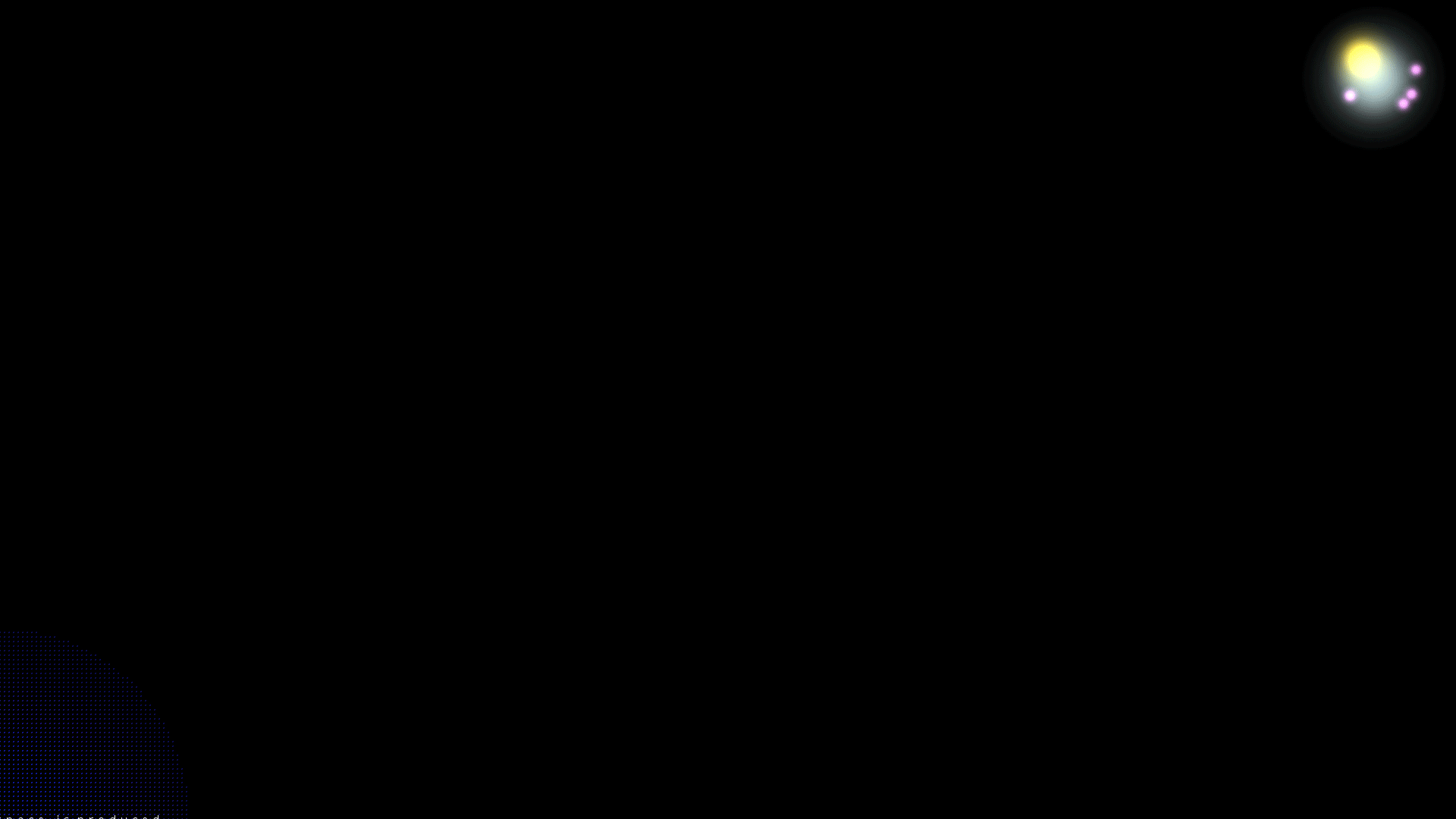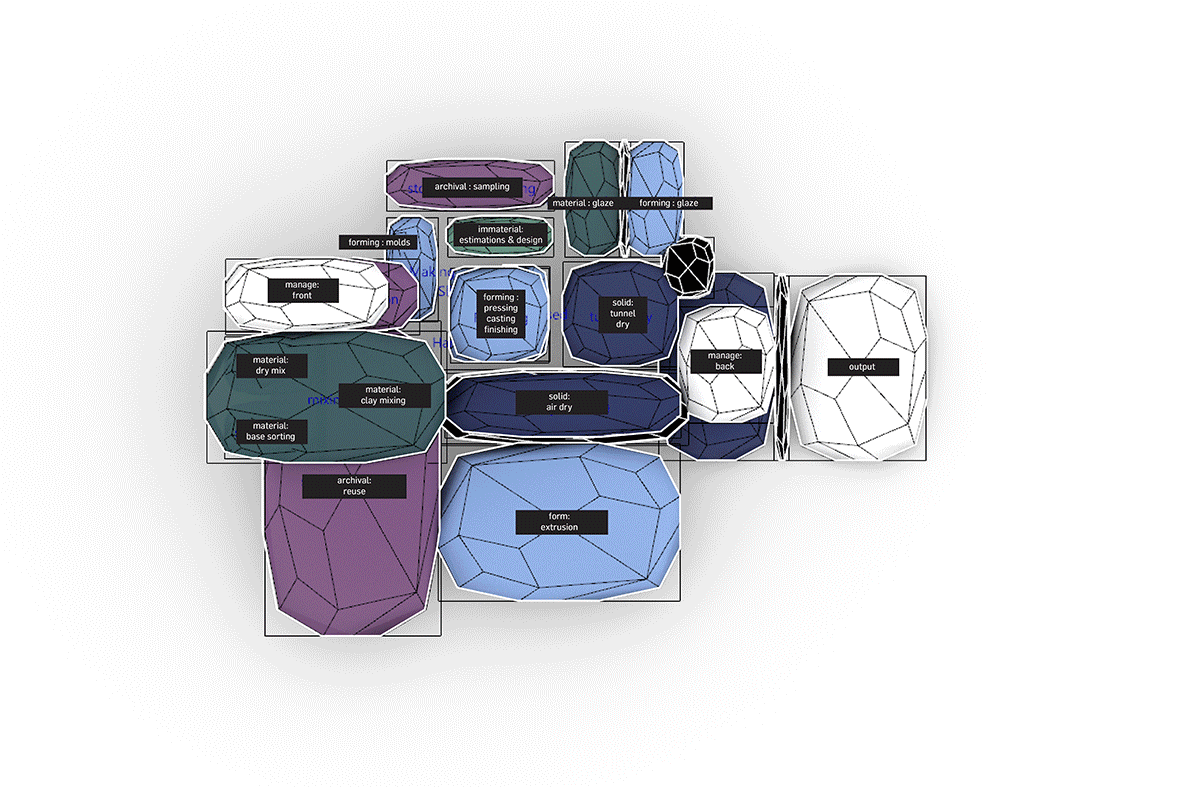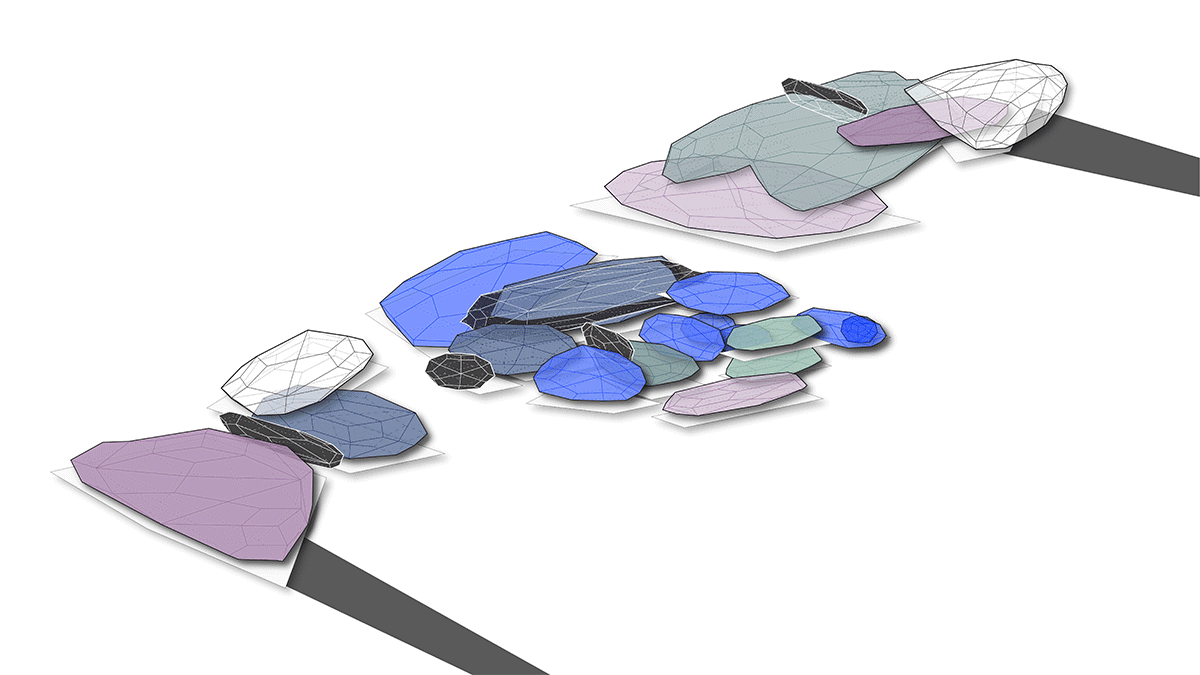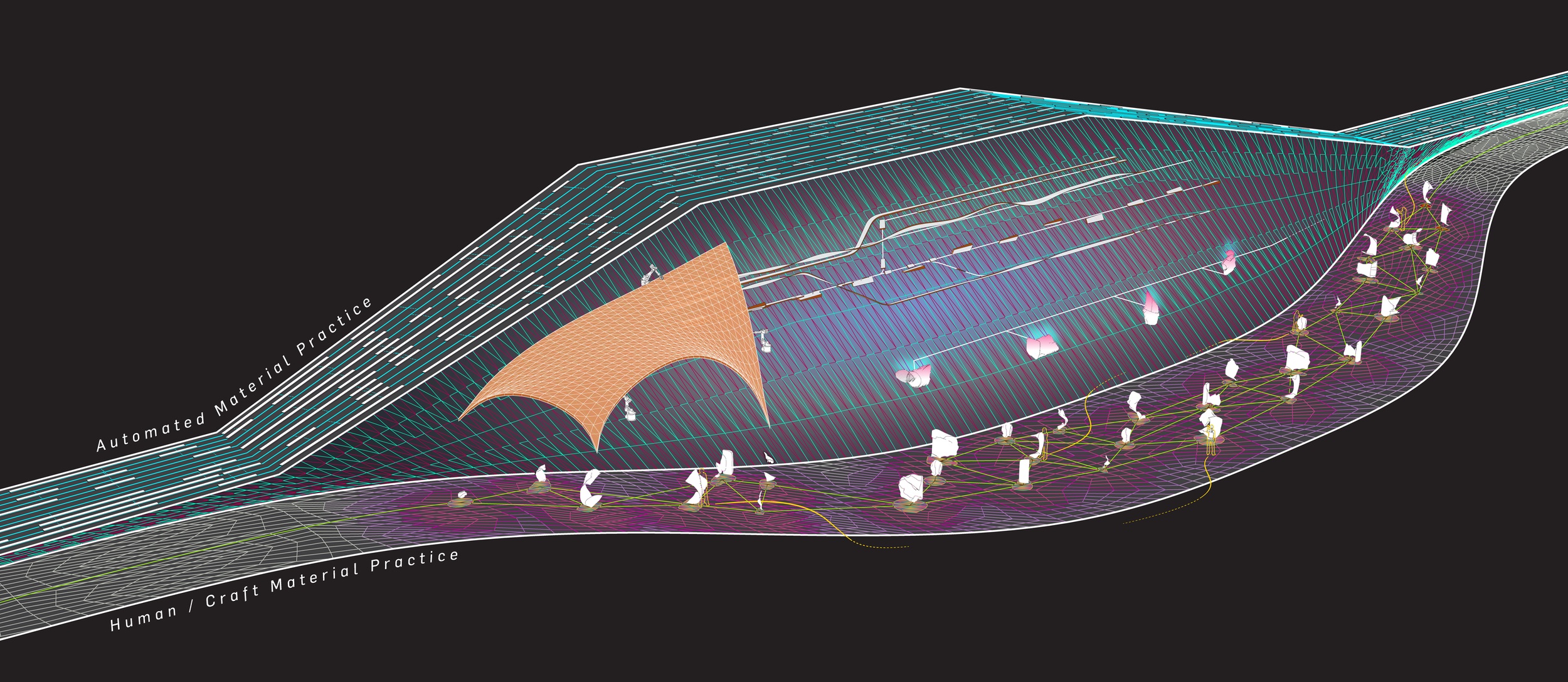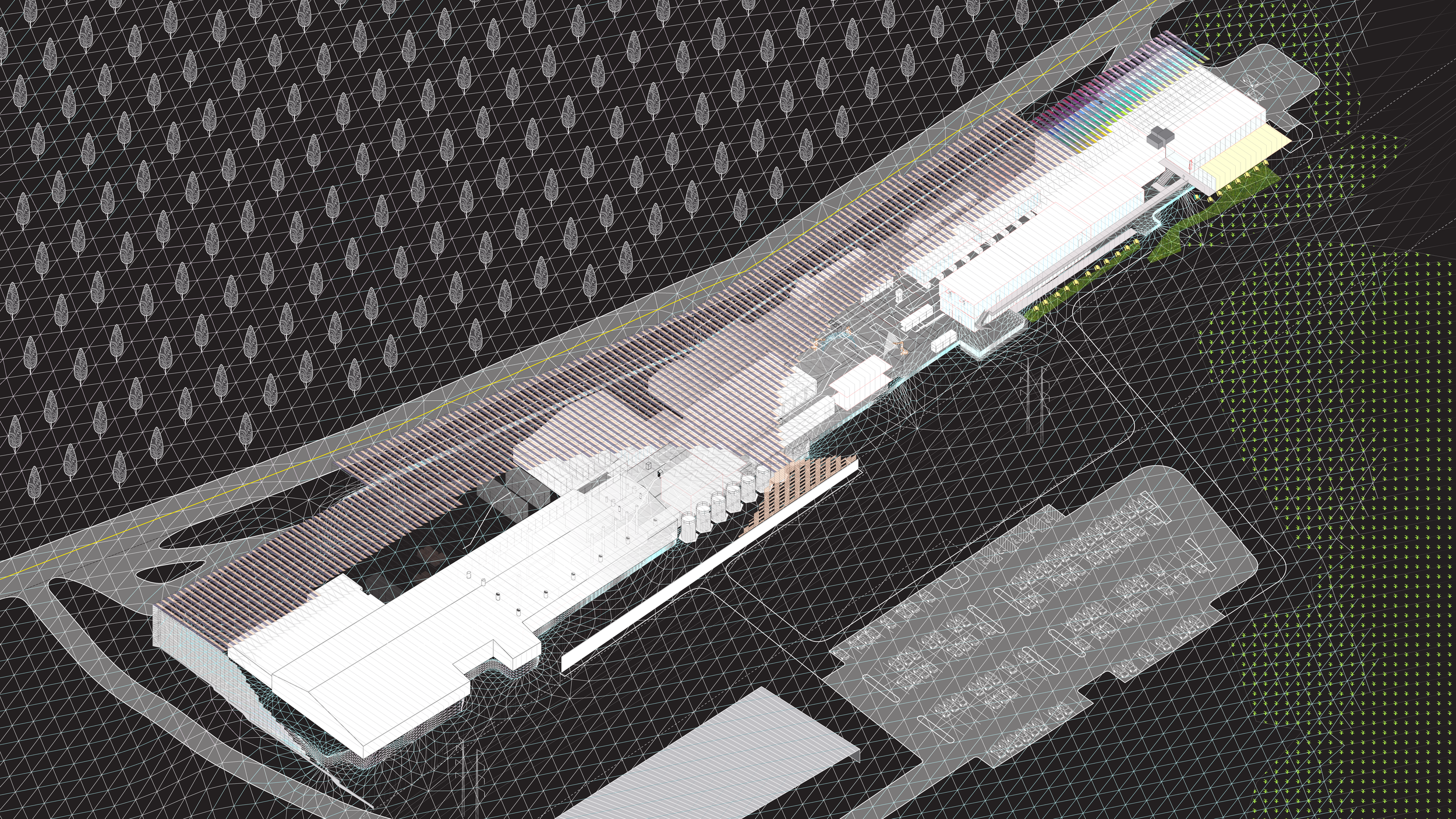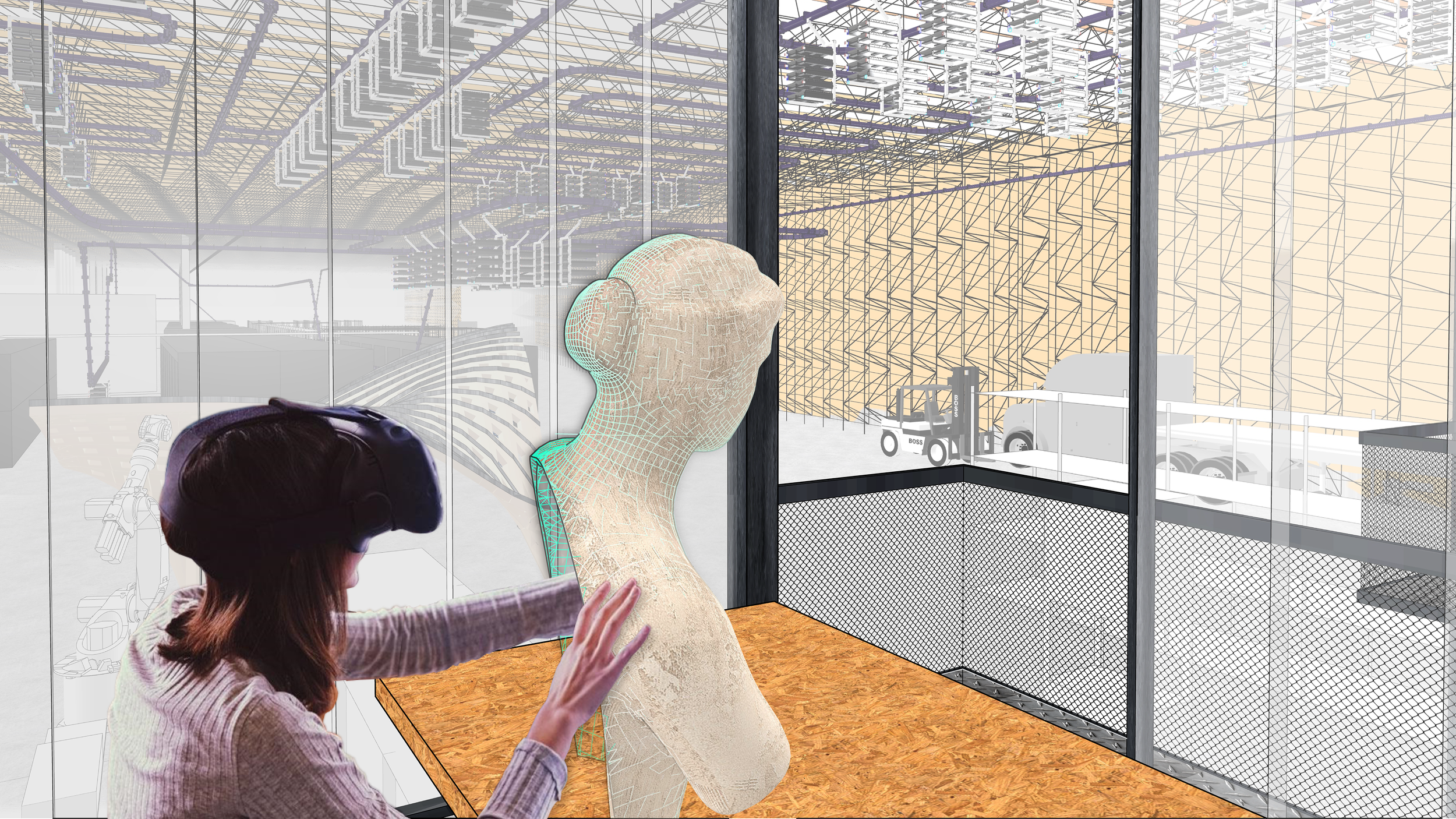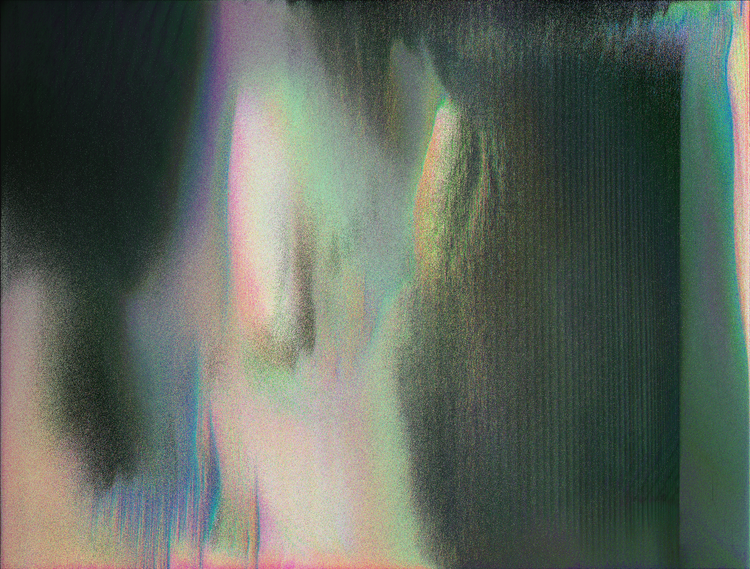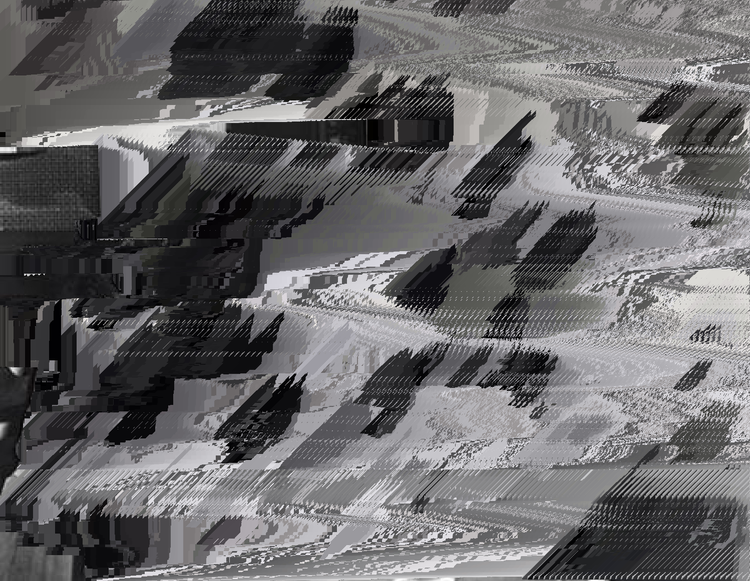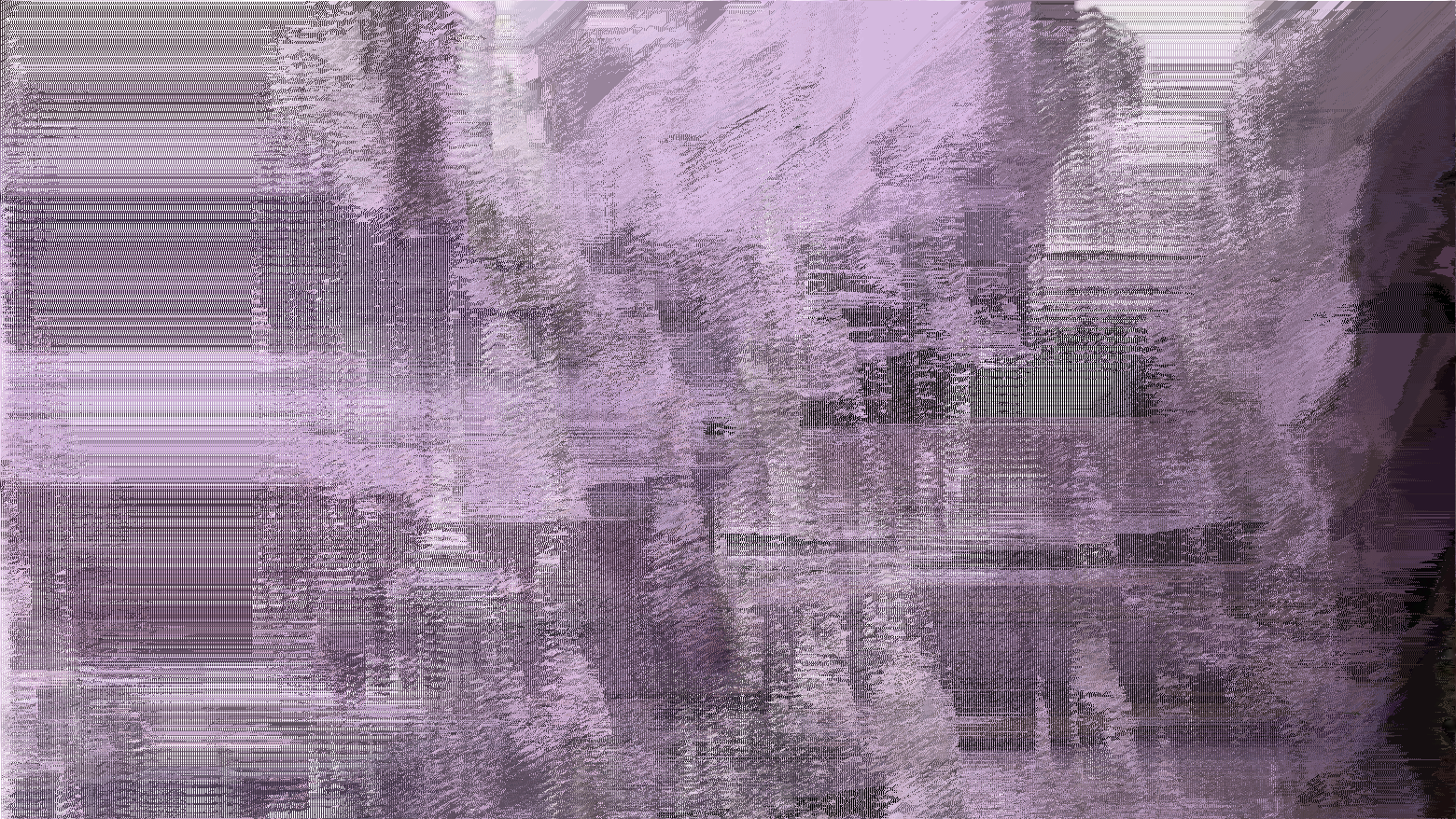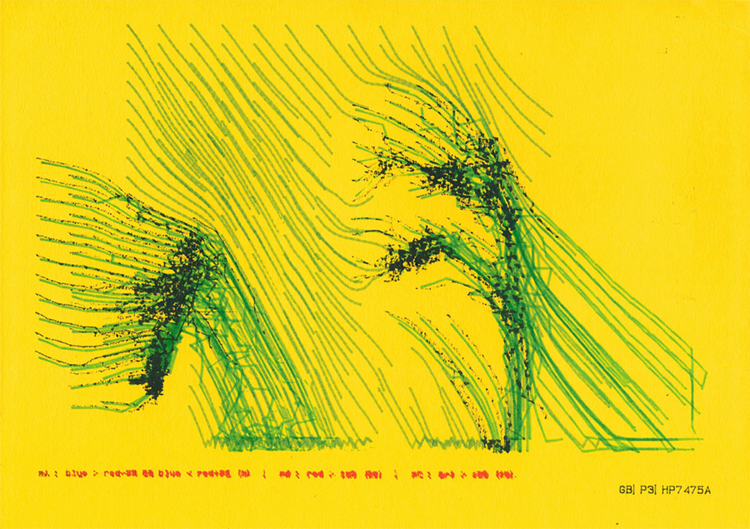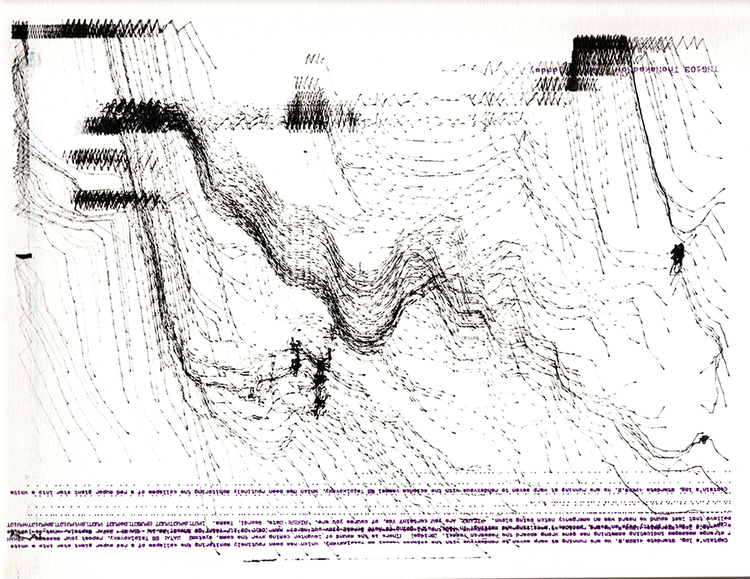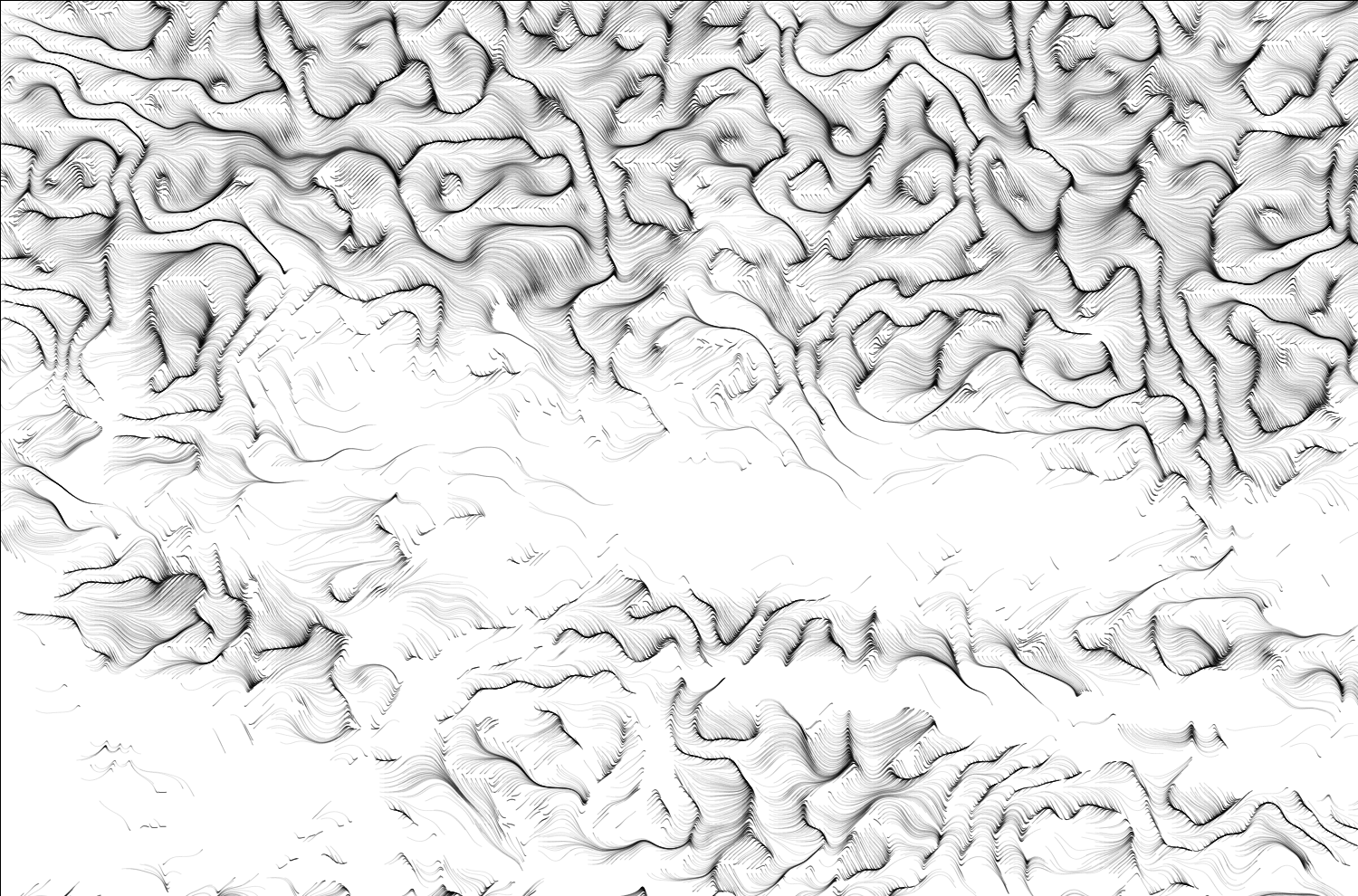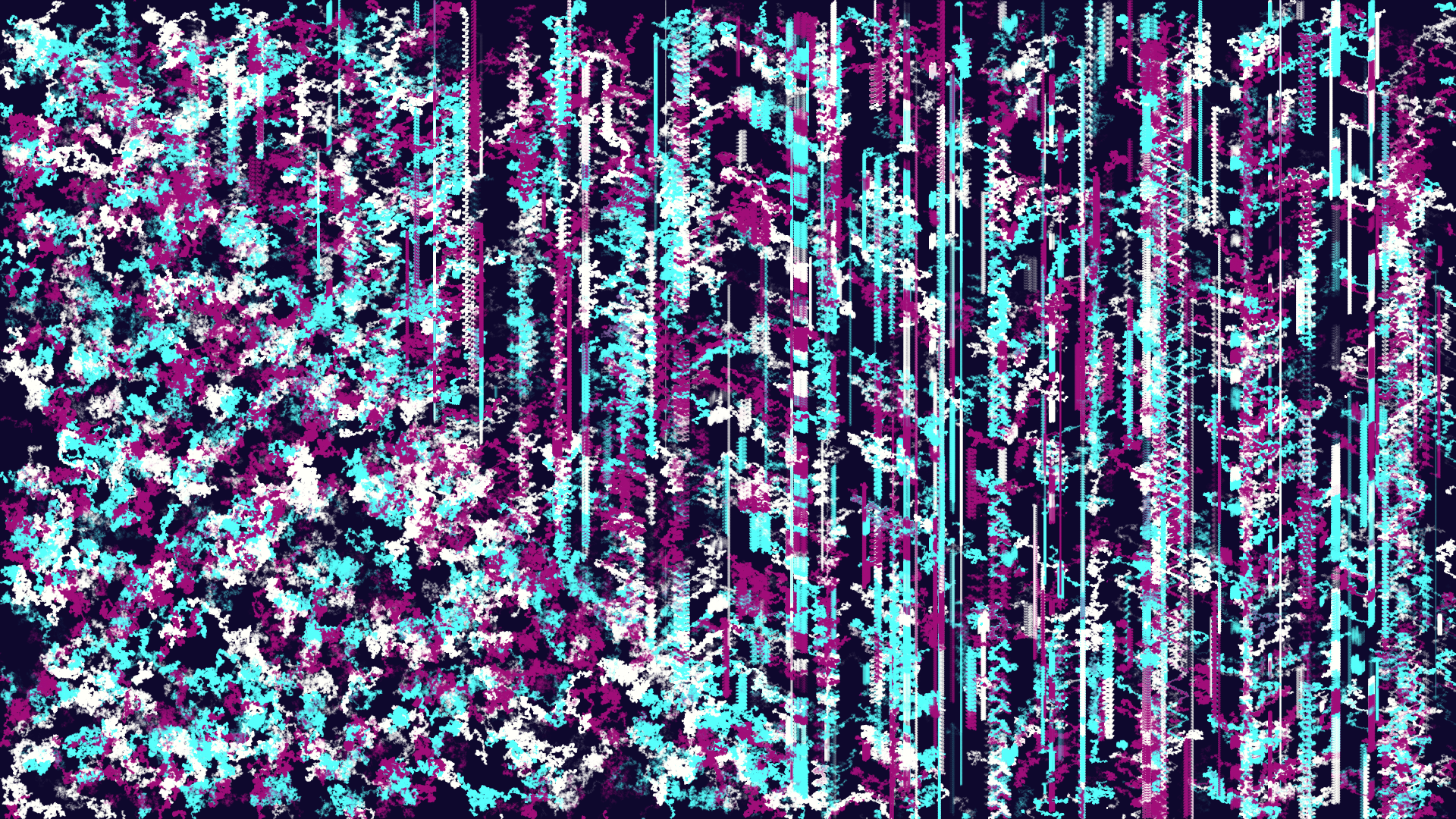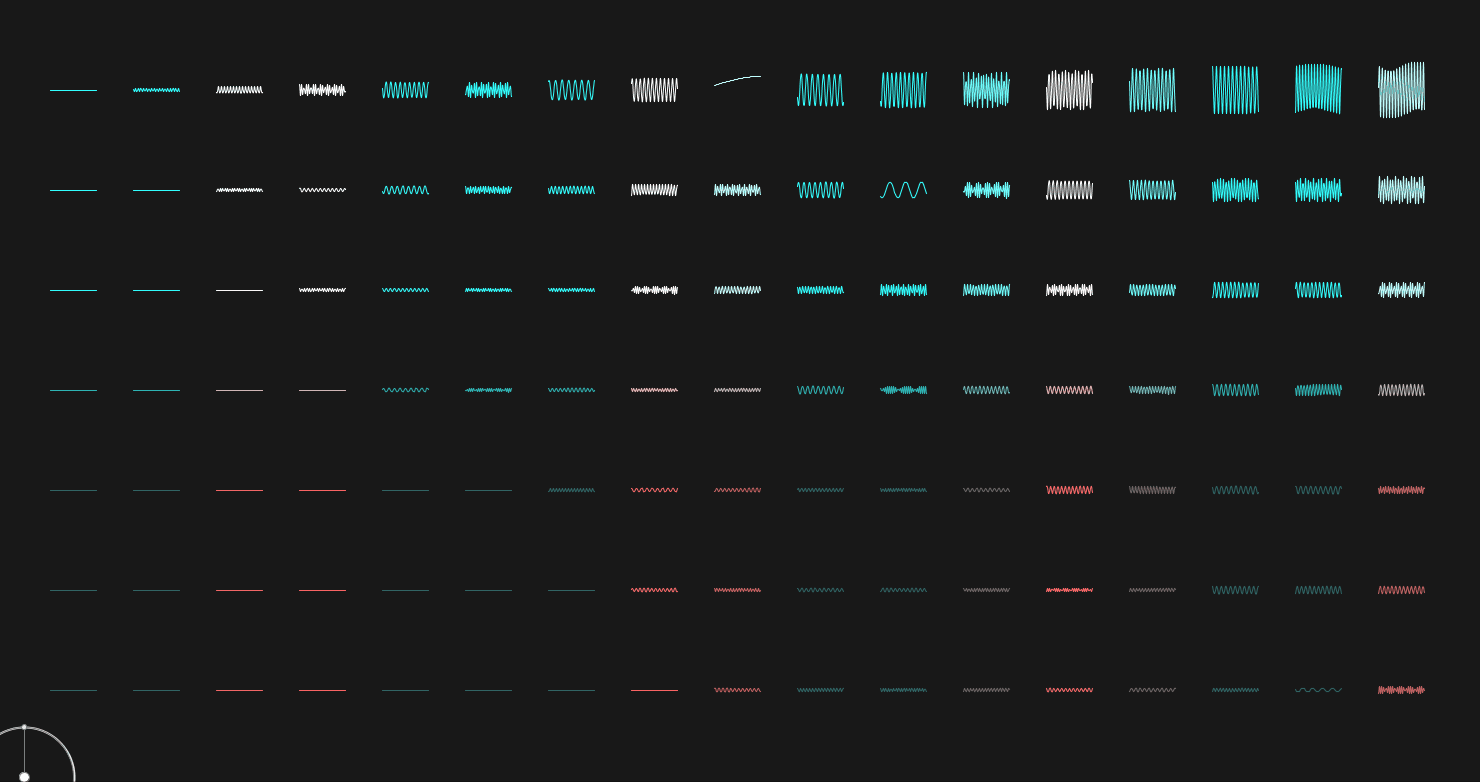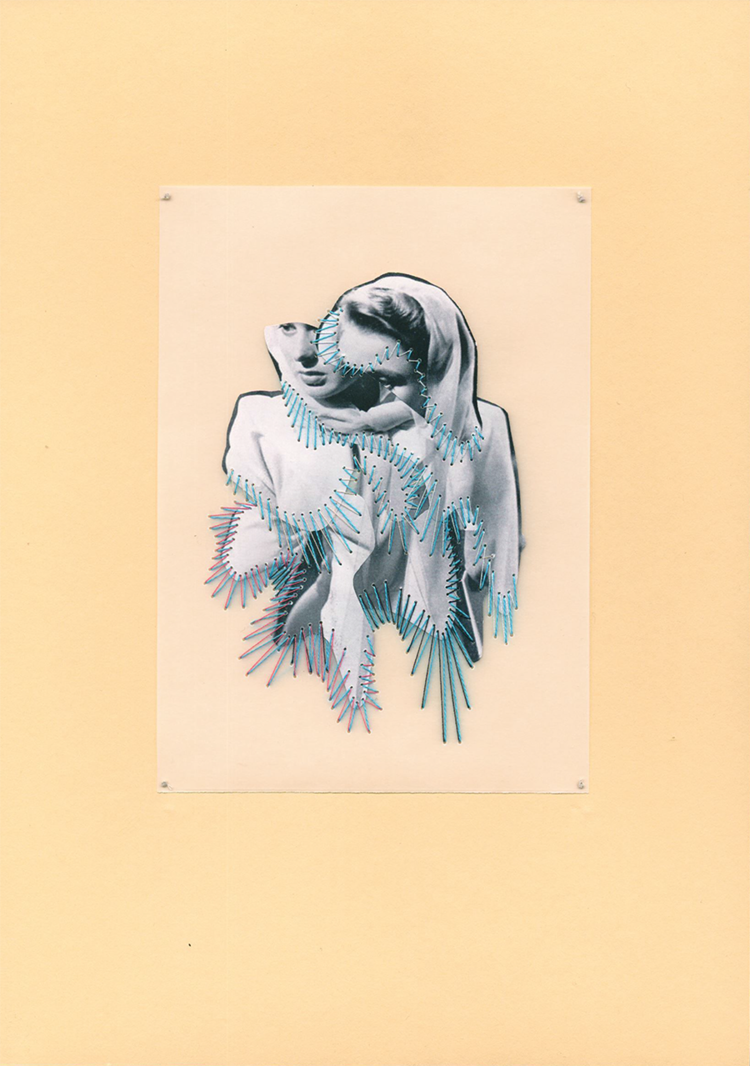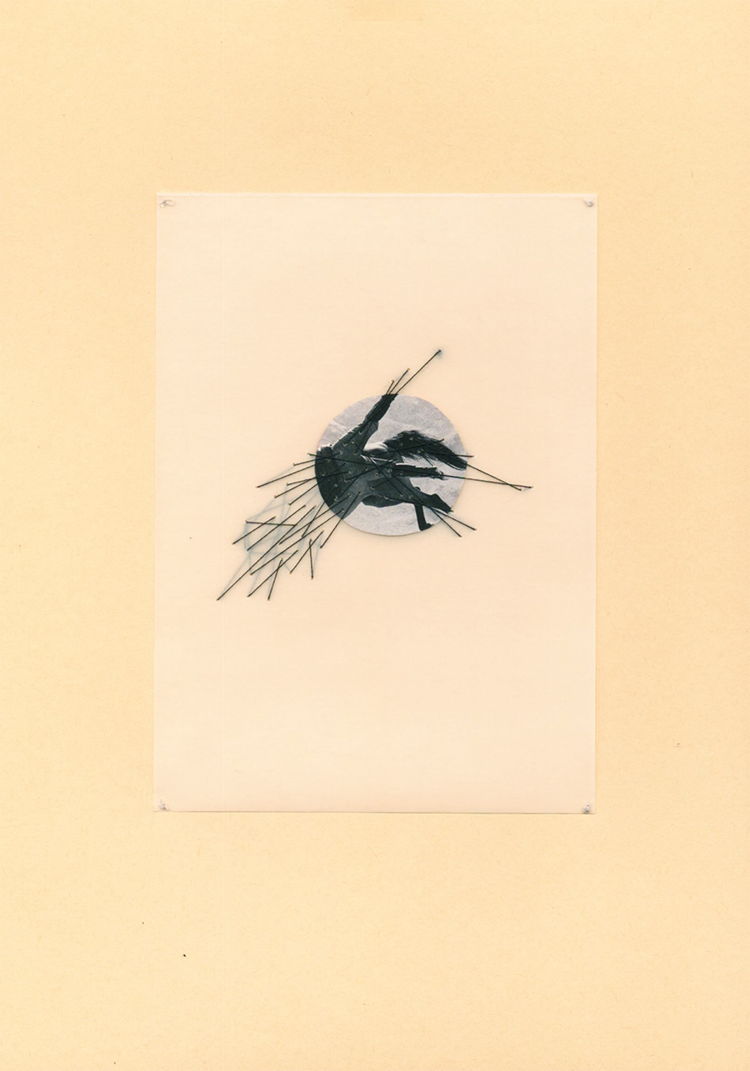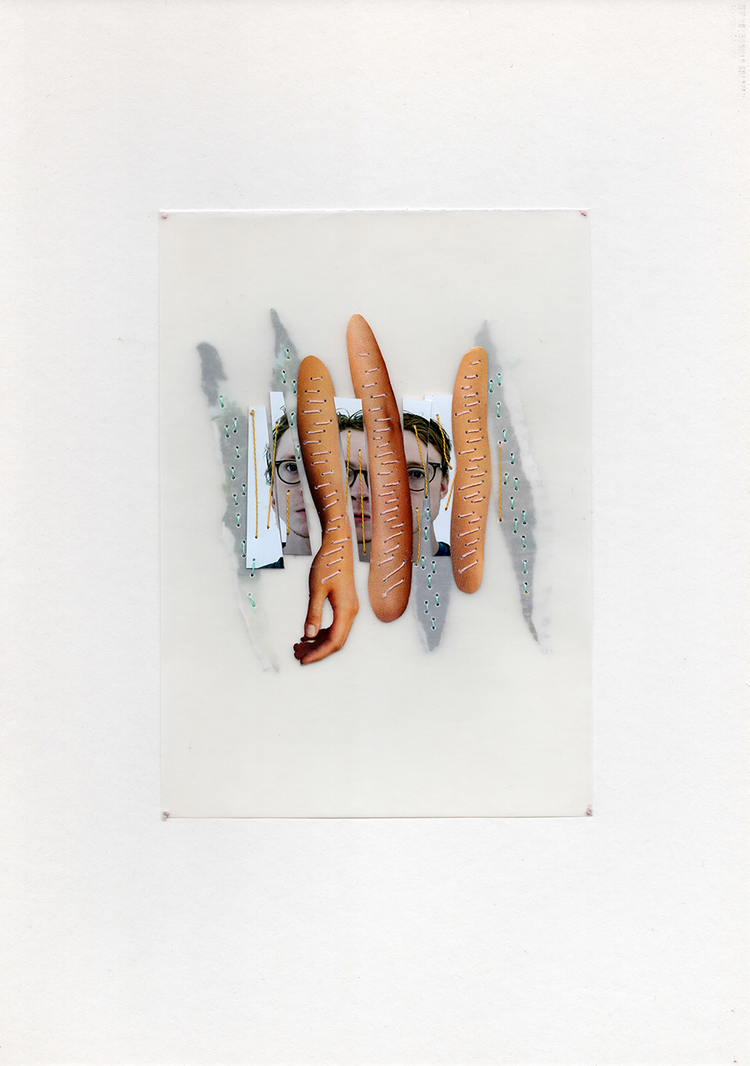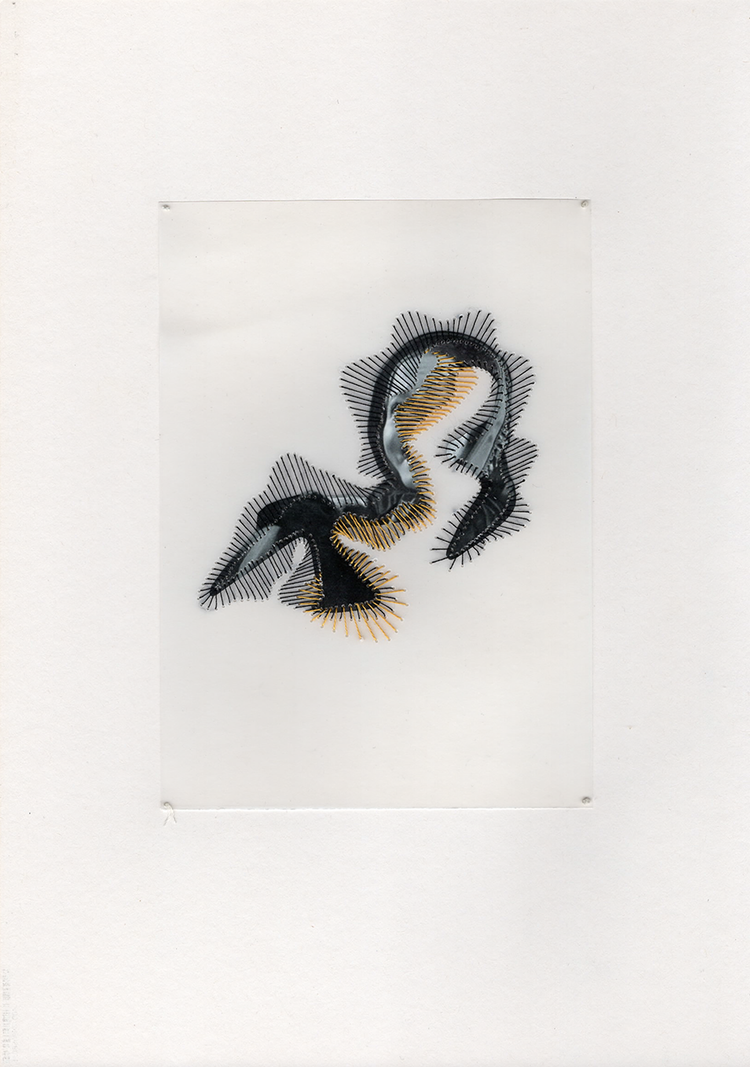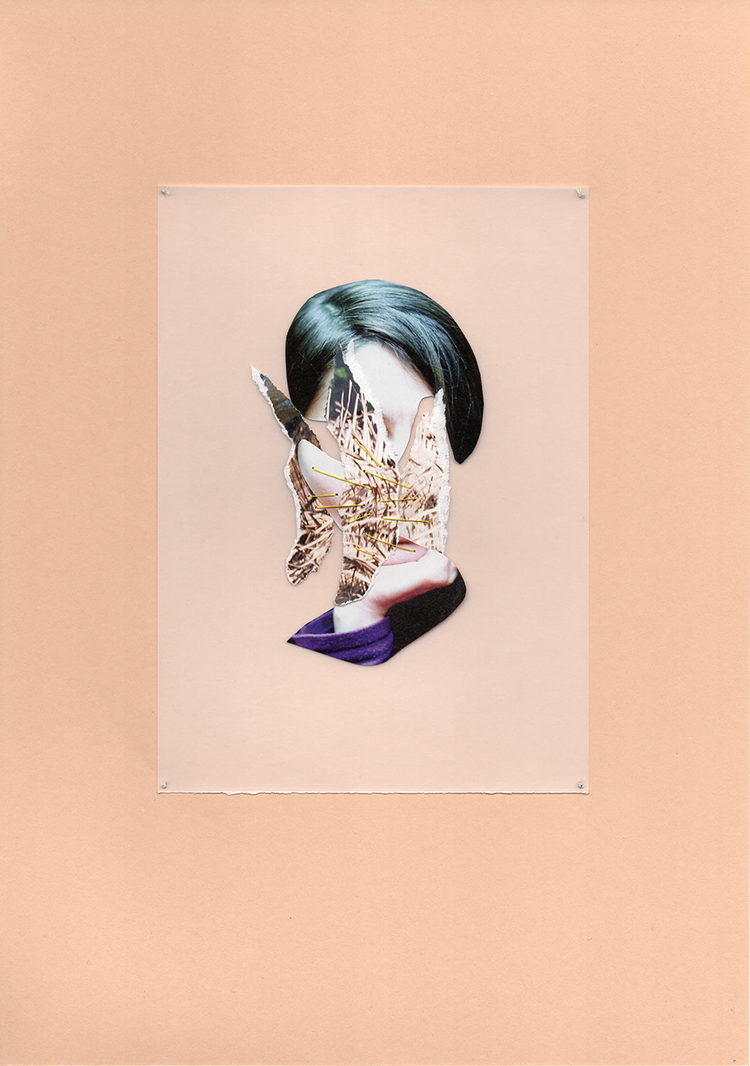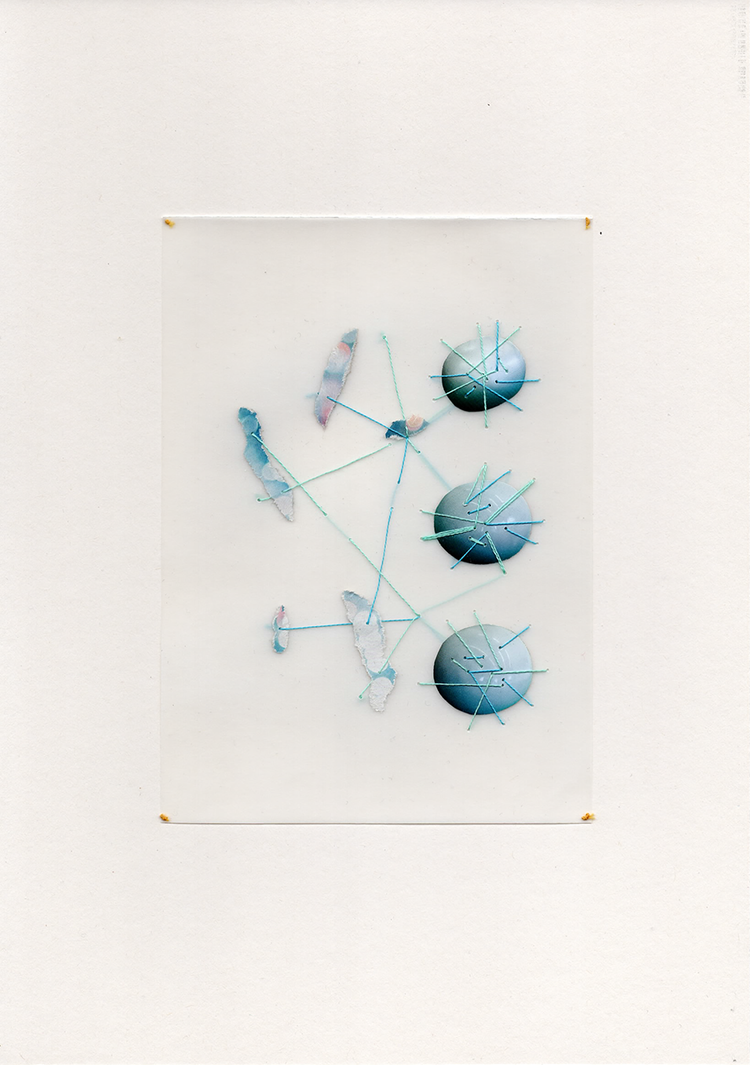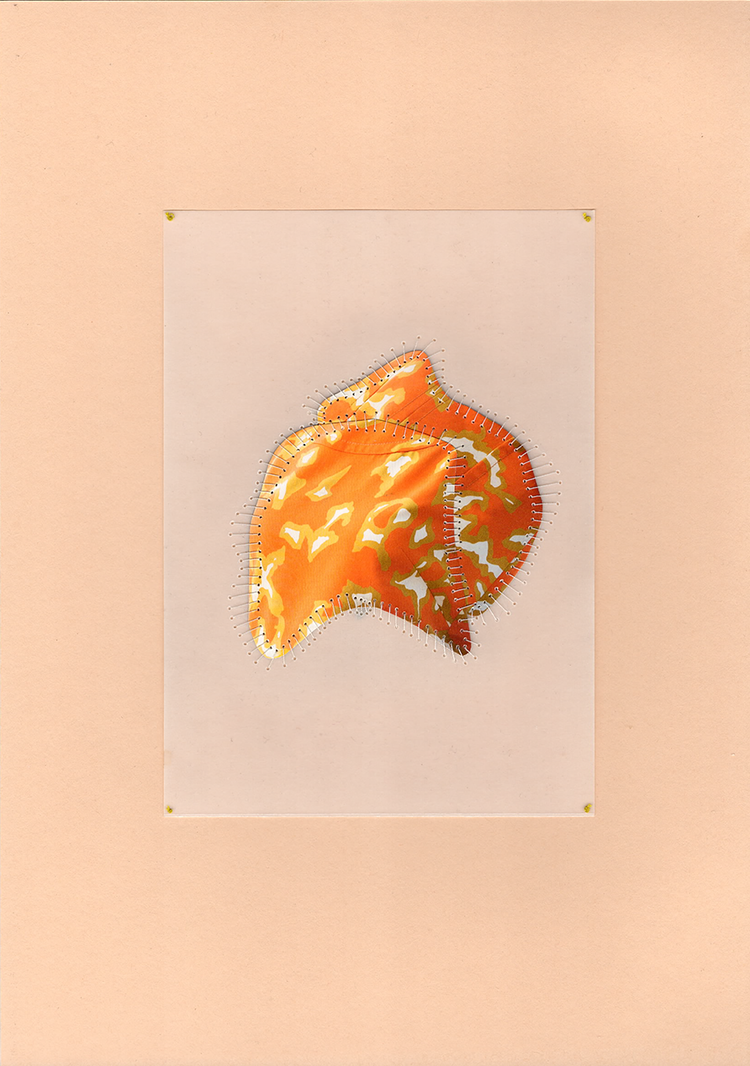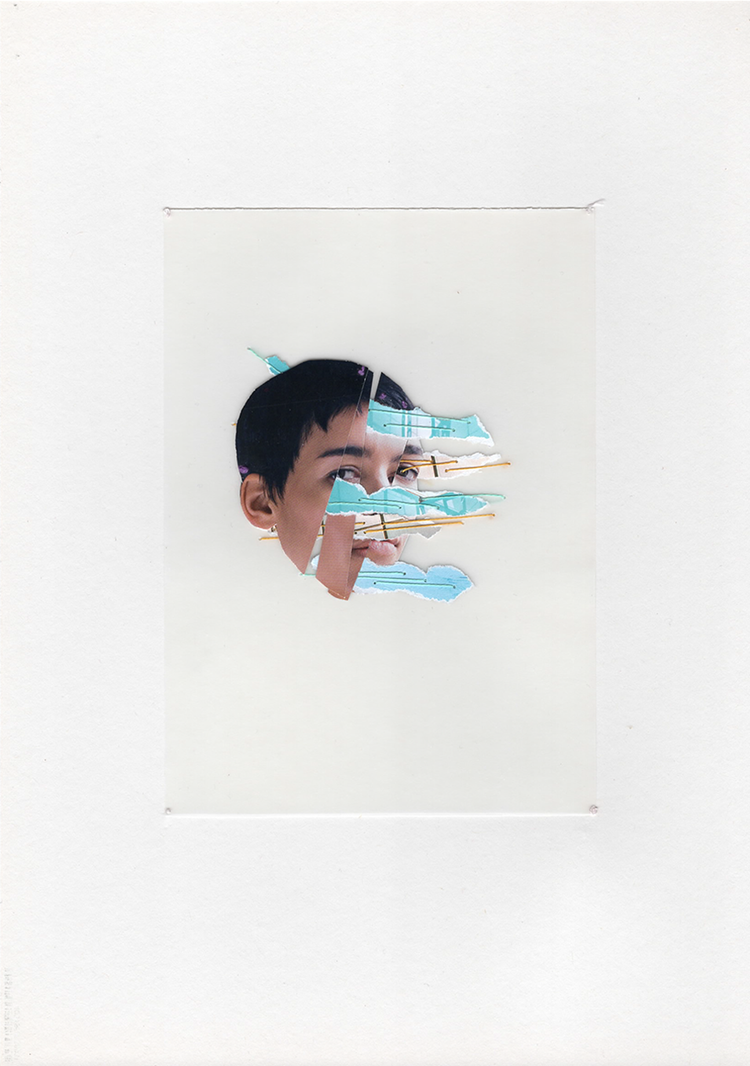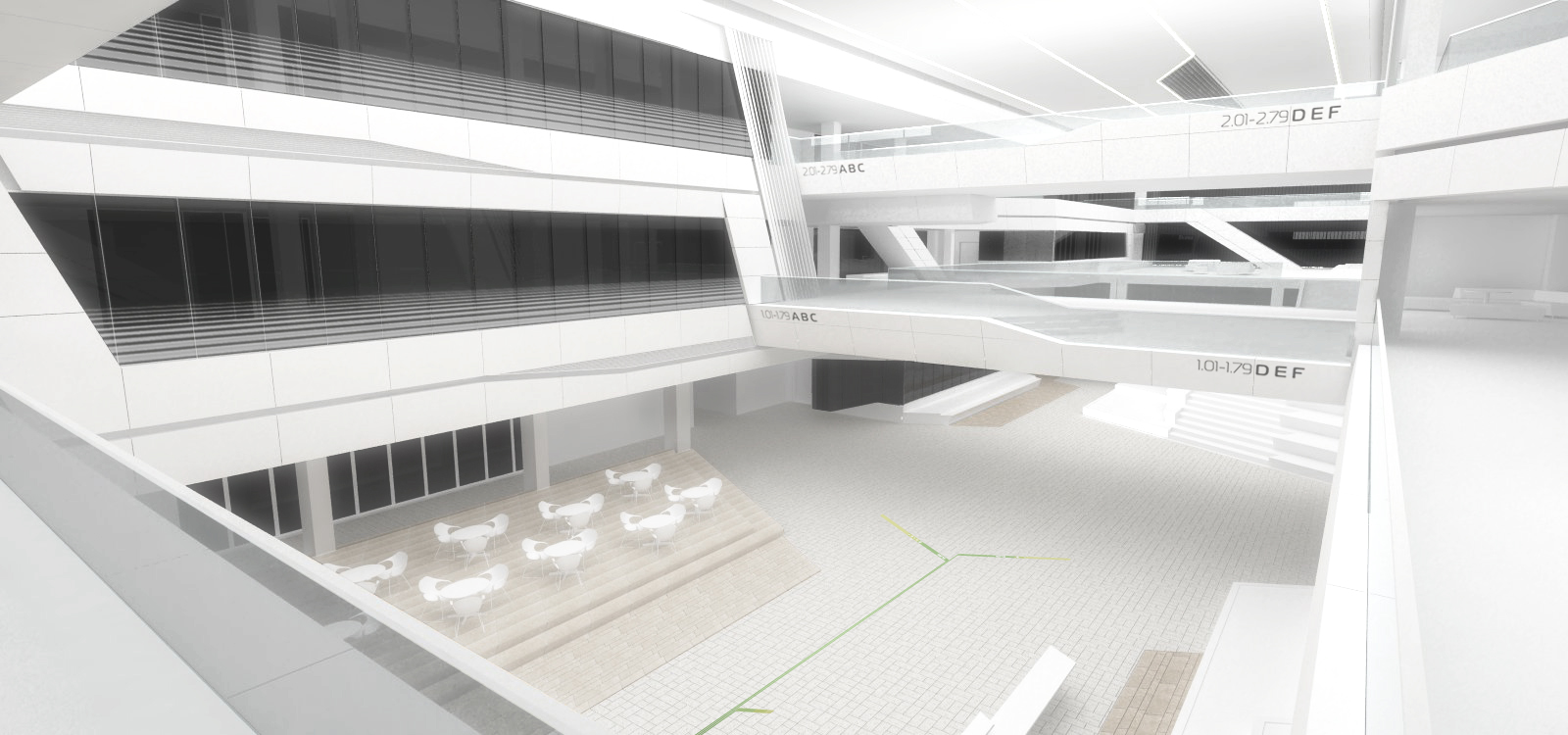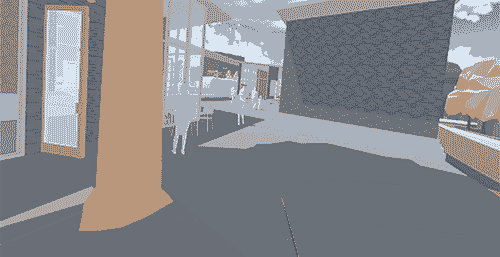 |
The OpenVREVAL research project focused on the development of open source software for Virtual Reality-based evaluation methods for user-centered architectural design. Together with our practice partner Deutsche Bahn Station & Service AG we these methods into DB Planning phases and integrated citizen-feedback into the design of train stations. |
|
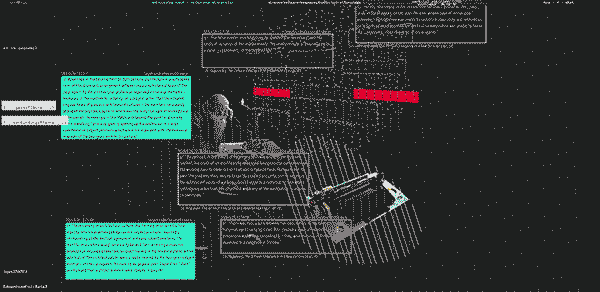 |
{adiscourse.net} is an engagement with the dialetheic condition of the discursive field, an oscillation between incoherent overdetermination and coherent delimitation, without attempting to hierarchically simplify discourse into underlying parts or overriding assemblies.
|
|
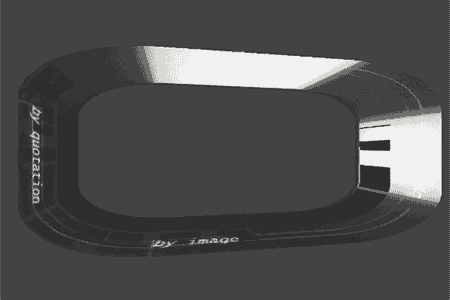 |
Bauhaus Orbits Bauhaus Universität Weimar |
In the relativistic world of the 21st century, if the Bauhaus would still be upheld as an absolute doctrine, we must face the truth: it can hardly be considered a provocation. Despite numerous effort to re-animate contemporary discourse around the historical pedagogy, methodology or masters´ oeuvre, we most often find ourselves caught between contradictory wishes to preserve an intact past and to make sense of a resolutely Avant-Garde spirit. In the face of countless endeavours set around the centennial celebration, should we instead be asking: what counts as a “Bauhaus” topic today? What needs to be demystified? Which aspects of the Bauhaus allow us to rethink it in continuum? In which episteme are such topics and statements situated?
|
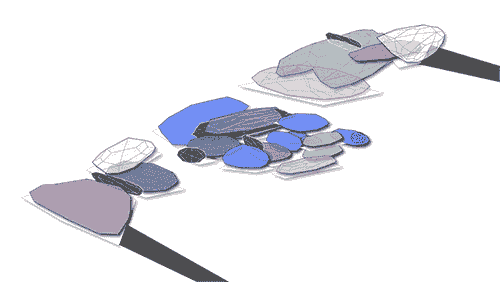 |
Cybernetic Industrial University of Buffalo SUNY |
In this conceptual and historical design research project, Stafford Beer’s Viable System Model (VSM) was physicalized via three Arduino Megas, each representing one level of the recursive VSM. Each of these portions of the combinatory process are conceptually interchangeable, though the broader systemic values are related to that of Operations, Control and Evironment. Three factory precedents were used in order to triangulate the momentum of factory architectural design. The eras of concern were 1. emergent industrial, 2. post-war industrial, 3. post-digital industrial. Cybernetic and historical principles were then applied in the case of a local terra cotta manufacturing plant. Creative robotics and prototype manufacturing stand as the only possibility of providing a fusion between the two types of terra cotta production. The design of a novel meta-structure allows for a complete synthesis of the various pathways, which can elevate the greatest strengths of each while mitigating the corresponding weaknesses.
|
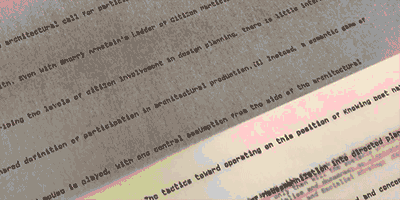 |
Thrashing Against the Veil is a research metalogue - in the vein of Gregory Bateson's metalogues from the 1950s and 60s - which investigates the intellectual and instrumental mediations of research into the foundations of architectural production. Focused as much on the materials and procedures as on the theoretical content of research, the abstracted and performative nature of the research process is interwoven within the critical frameworks being examined. Reaching into a tradition of reading writing machines from medieval scholarship and document production and unitized research documents of Karl Marx (Die Grundrisse) and Walter Benjamin (The Arcades Project), Thrashing Against the Veil addresses the intellectual interaction with the limits of knowledge creation which divides speculation and theory from the "Real".
|
|
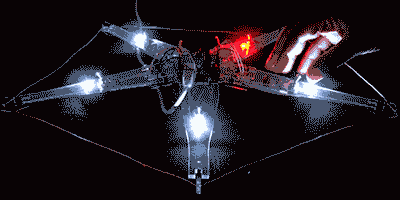 |
Eye-Test Ideology is a tandem Processing and Arduino-based media work which problematizes some of the tenets of Chantal Mouffe’s writing on Agonism. Stripped of charged terminology, a set of binary concepts is displayed and voted on by participants. Each time a vote is taken, one of the concepts is unified into the collective ideology, and one of the concepts is destroyed and erased. With little time for persuasion, and the choice among fundamentally divided options, the ideology of five participants is created through twenty questions.
|
|
 |
Posing the two interlinked and directed opposed values of libertarian (individual freedom) and social (communal equity) perspectives, It’s My / Our Wonderful Life uses the audio from Frank Capra’s “It’s a Wonderful Life” to counterpose two irreconcilable political concepts. George Bailey’s intimate want for self-realization outside of his hometown is heroically and tragically balanced by the social obligations he holds within his community. Alternately, he fights for libertarian and social ends, though coherency is awarded to only one.
|
|
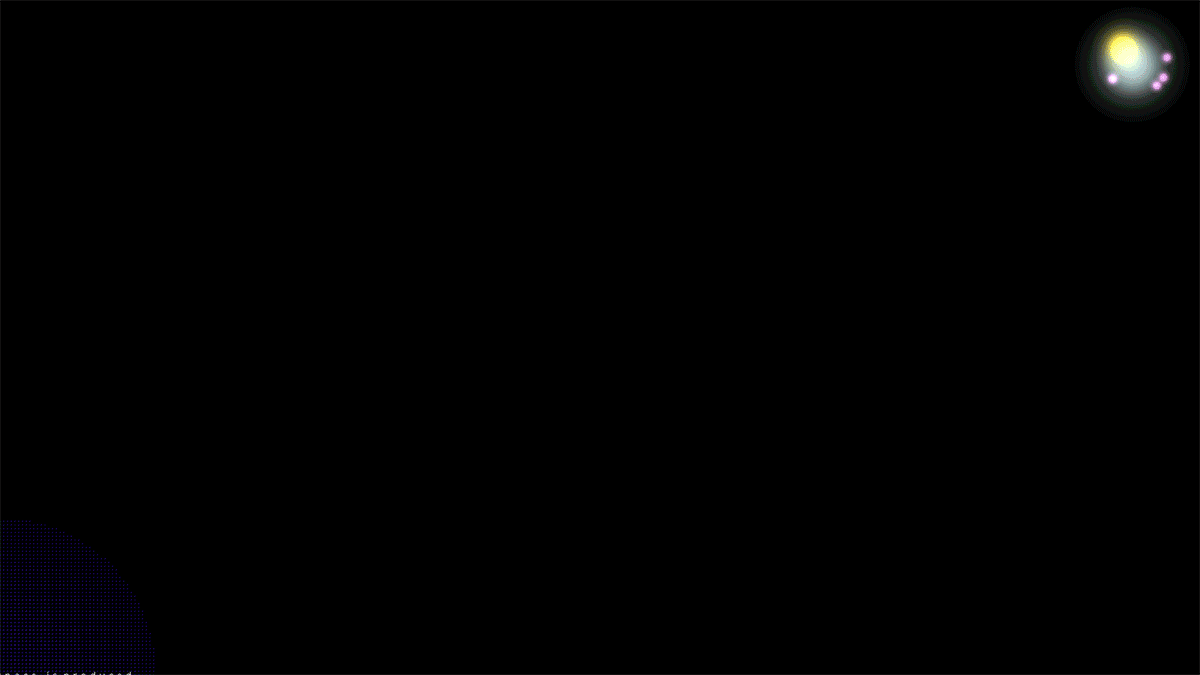 |
Digital Visualizations
|
|
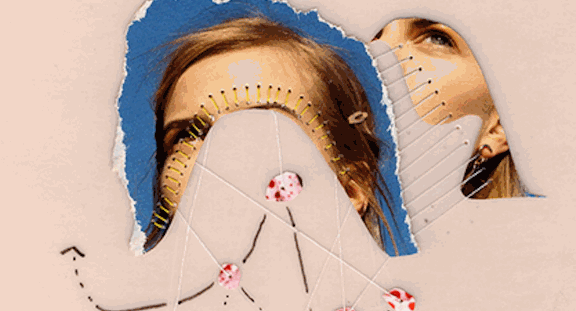 |
Multi-Media Collages
|
|
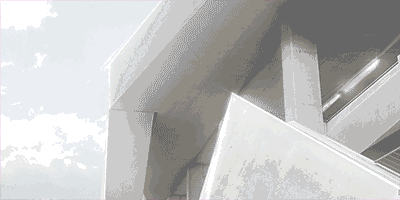 |
KA City for Science & Tech
|
text from LAVA: "The KACST masterplan sets out a vision for a state of the art research and innovation campus in Saudi Arabia. An integrated view of building mass, energy consumption and user interaction has created a forward-looking campus design that is both cohesive and highly sustainable. A modular framework, an optimised grid system for research laboratories and support buildings allows maximum flexibility."
|
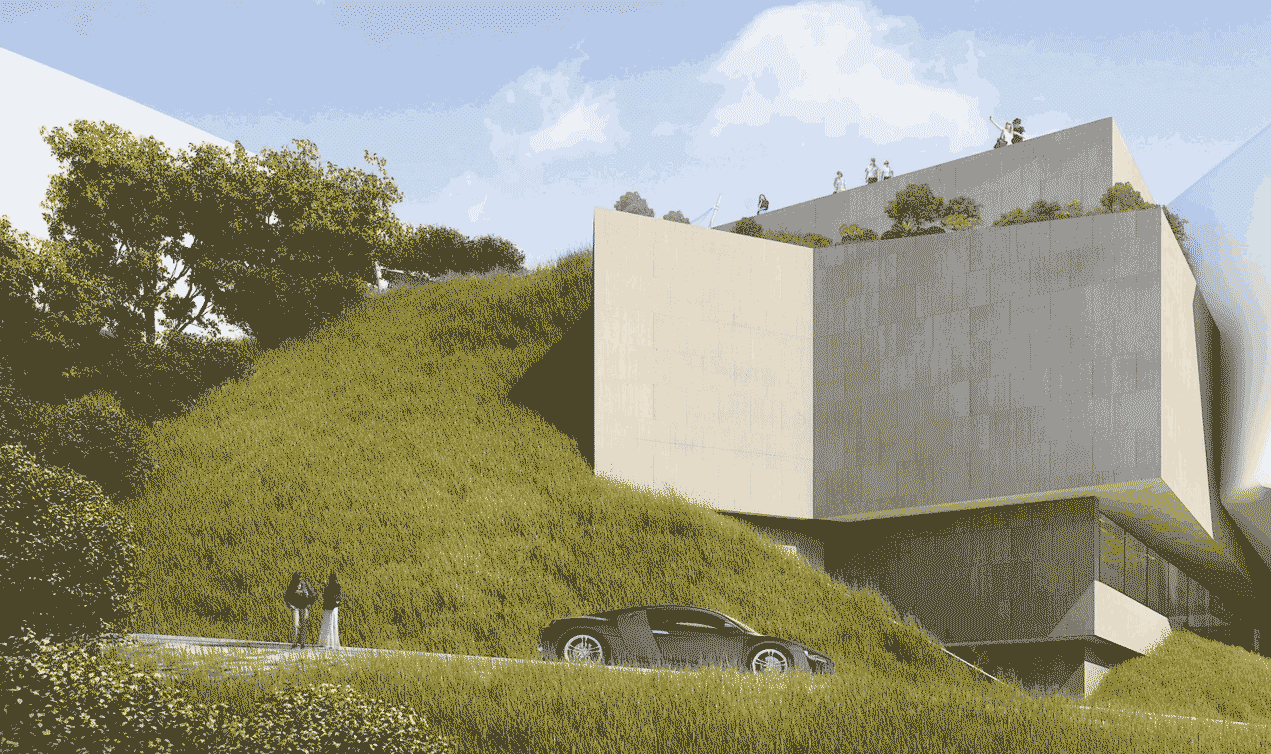 |
Huan De Innovation Center
|
The Huan De CEFC Innovation Center was a exhibition building which showcased the planning of a Shenzhen urban extension, and the ‘Future City Concepts’ of Sustainable Urban Park, Life Sciences, and Industry 4.0. Additionally, one level of the Innovation Center houses several development spaces for start-up businesses branching into China from Europe, and exposition spaces for technology and construction companies who wish to exhibit services related to the Future City Concepts.
|
